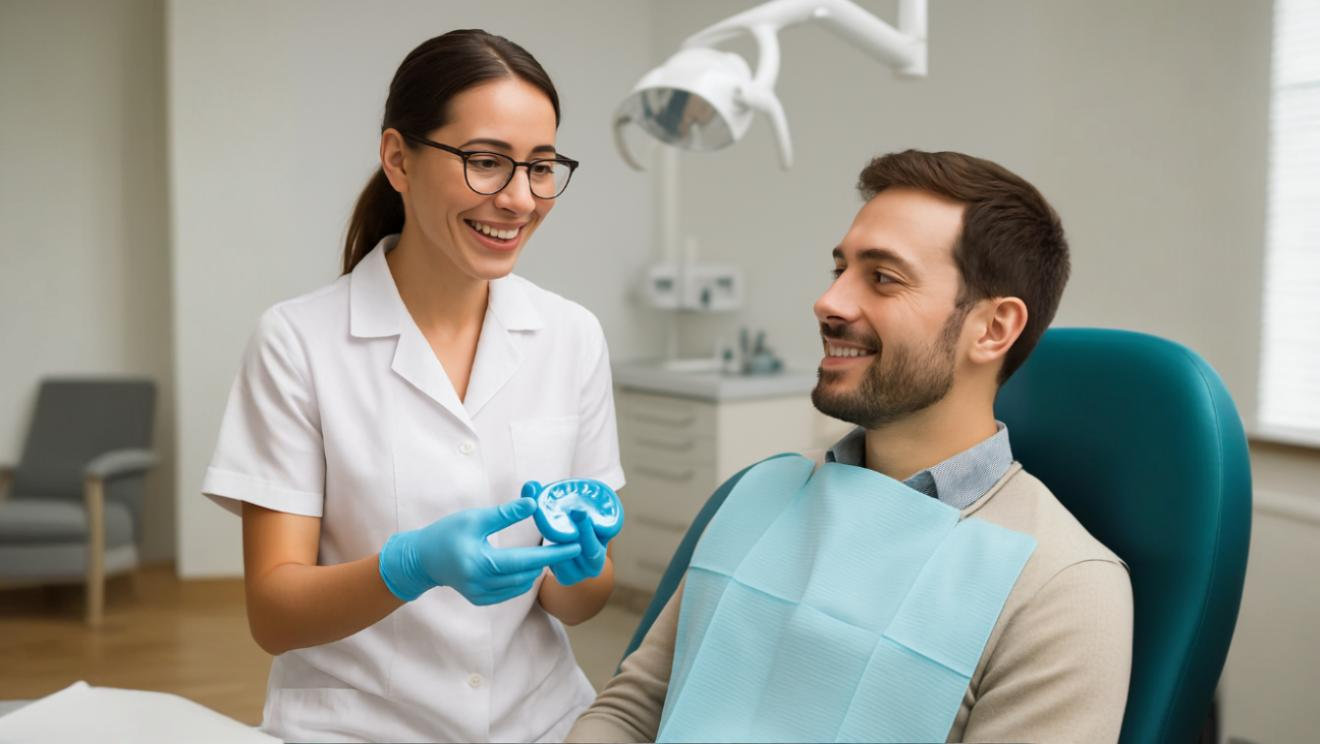
Where patient relationships and practical results matter most, traditional impressions continue to play an essential role in everyday practice. Though technology is advancing fast, the classic impression tray and material remain a go-to for dependable, cost-effective dentistry. Here’s why:
1. Proven Results for Complex Restorations
Traditional impressions offer time-tested accuracy for challenging cases—from full arch bridges to tricky subgingival margins. This reliability means fewer remakes and adjustments, delivering the precision you need for restorative work, even when conditions aren’t ideal.
2. Affordable and Accessible
Many dental practices prioritize affordable care without skimping on quality. Unlike digital scanners that require hefty investments and sometimes expensive maintenance, analog impression techniques keep things simple and cost-effective. The savings can help your practice—and your patients.
3. Streamlined Lab Interactions
Whether working with local dental labs or sending cases across the country, analog impressions are universally accepted. They require no extra equipment or complex file transfers, so cases move quickly, and it’s easy to communicate with lab techs—even those who may not yet be digital-ready.
4. No Tech Hiccups
Let’s face it: technology isn’t foolproof. Issues like scanner calibration errors or software updates can slow you down. Traditional impressions sidestep these risks. The process is straightforward—no batteries, no glitches.
5. Adaptable for Every Patient
Every patient is unique. For folks with a strong gag reflex, limited opening, or special needs, analog impression materials can be adapted comfortably. You can provide a smooth, reassuring experience without technical complications or added stress.
Bottom Line: In practices that value hands-on skill, direct patient comfort, and practical solutions, traditional impressions remain a vital part of daily dentistry. While digital options have their place, the analog approach offers reliability and flexibility you—and your patients—can count on.
